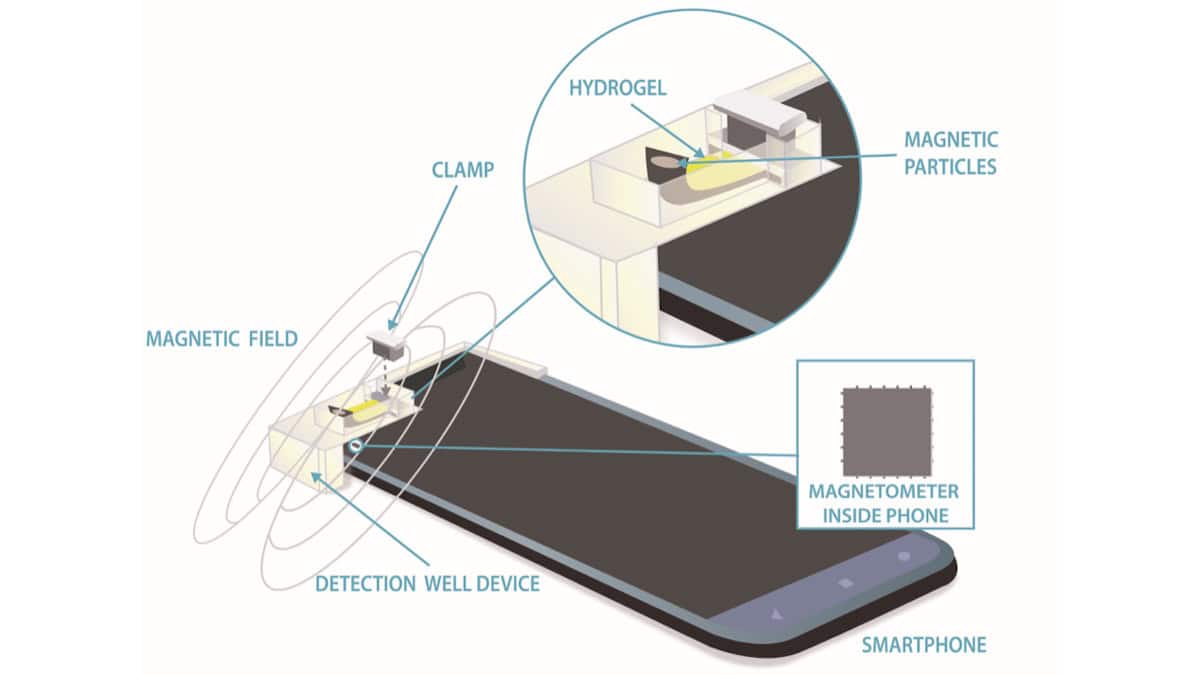- Fri. Apr 26th, 2024
Latest Post
Revolutionizing Substance Analysis: NIST Researchers Develop Accurate Magnetics-Based Sensor
NIST researchers have developed a magnetics-based sensor that shows promising results in detecting substances. This technology utilizes magnetic properties to accurately identify different analytes in various samples, making it a…
Join San Diego Residents for NAMI Walks and Mental Wellness Expo, Combating Stigma and Raising Awareness about Mental Health
This Saturday, April 27, 2024, San Diego residents are encouraged to join the annual San Diego NAMI Walks and Mental Wellness Expo. The event, with the theme “I am NAMIWALKS,”…
Hooligans Cause Chaos on Yerevan-Yeraskh Highway with Burning Tires: Criminal Proceedings Initiated
On April 24, criminal proceedings were initiated in response to the disruption of traffic on the Yerevan-Yeraskh highway using burning tires. This incident occurred at 4:25 p.m. and involved unidentified…
Surviving Traumatic Events: How Professional Counseling Can Help with Healing and Recovery.
Traumatic events, such as shootings in public places, can have a profound impact on individuals and their mental health. Witnessing such events can cause difficulty processing emotions and struggling with…
Weinstein Reconviction Sparks Controversy Amid Cryptocurrency Debates: Judges Overturn Rape Conviction Based on New Evidence, but Blockchain Technology and Bitcoin Trading Continue to Evolve
A majority of four to three judges have overturned Harvey Weinstein’s rape conviction. The decision was based on the testimonies of prosecution witnesses who claimed they were sexually assaulted by…
Breaking the Stigma: San Diego NAMI Walks and Mental Wellness Expo on April 27th
San Diego locals are encouraged to join the annual San Diego NAMI Walks and Mental Wellness Expo, taking place on April 27th, 2024. Organized by the National Alliance on Mental…
Golden Triumph: How Six Minnesota Breweries Tasted Success in World’s Most Prestigious Beer Competition
On July 4, 2021, the Canyon Club microbrewery restaurant in Moraga, California was buzzing with excitement as patrons savored a close-up glass of Beta Tested Pilsner. The image captured by…
International Solidarity Flotilla Prepares to Deliver Aid to Gaza Despite Political Tensions
Efforts are being made to prepare for the launch of a new “solidarity flotilla” from Turkey to the Gaza Strip. The flotilla, which will include participants from various countries, aims…
Revolutionizing Robot Vision: Expert Interview with Takeo Kanade, Winner of Frontiers of Knowledge Award
Takeo Kanade, a 78-year-old from Japan, has dedicated over 40 years to artificial vision, a scientific discipline that allows us to see the world from different perspectives. His fundamental algorithms,…
Saving Lives Together: Organ Donation Celebrations Highlight the Importance of Giving the Gift of Life
The Mississippi Organ Recovery Agency and Ochsner Rush Health recently joined forces to celebrate National Donate Life Month in April. The event honored organ donors and their families with a…




